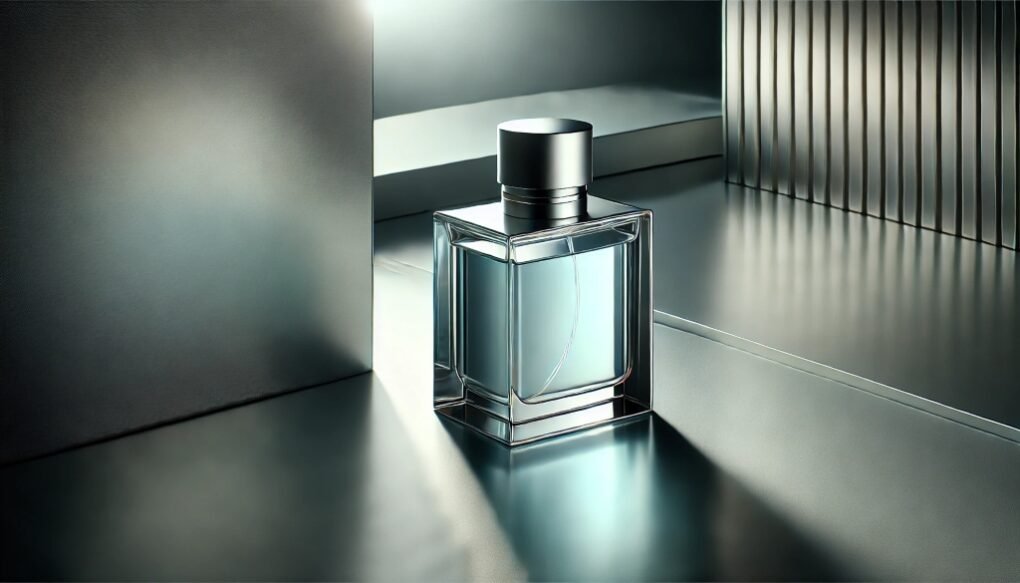GGuasha is an ancient Chinese healing technique. It has gained significant popularity in recent years, especially among individuals seeking alternative methods for improving their health and well-being. This practice involves scraping the skin with a smooth tool, usually made of jade or horn, to promote circulation, release toxins, and relieve pain. As more people explore holistic therapies for their ailments, guasha has become a go-to remedy for conditions such as muscle tension, inflammation, and poor circulation.
What is Guasha?
Guasha, also spelled “gua sha,” originates from traditional Chinese medicine (TCM) and has been used for centuries to treat various ailments. The term “gua” means “to scrape,” and “sha” refers to the redness or small rash that appears on the skin after treatment. In guasha, the skin is gently scraped with a smooth-edged tool to stimulate microcirculation and break up stagnation in the muscles. The practice is based on the belief that stagnant energy, known as “qi” (or chi), can lead to inflammation, pain, and other health issues.
Traditional guasha is often performed by licensed acupuncturists or TCM practitioners, but it has also evolved into a self-care technique that people can perform at home with proper guidance. Tools are typically made of jade, rose quartz, or stainless steel, and the treatment can be applied to various areas of the body, including the face, neck, back, and limbs.
How Does Guasha Work?
It works by increasing blood flow to the affected areas of the body. When the skin is scraped with the guasha tool, tiny blood vessels under the skin’s surface, called capillaries, are stimulated. This process helps release toxins and reduce muscle tension. Additionally, it is believed to activate the lymphatic system, which aids in the elimination of waste and fluids from the body.
The technique also promotes the healing process by stimulating the production of anti-inflammatory molecules and reducing oxidative stress. This is why it is often used for treating conditions like muscle pain, arthritis, and chronic inflammation. For facial guasha, the focus is more on reducing puffiness, enhancing skin elasticity, and improving the overall complexion.
Benefits of Guasha
The increasing popularity of it is due to the numerous benefits it offers, which are backed by both traditional knowledge and scientific studies. Some of the most significant benefits include:
1. Pain Relief
It is often used to relieve muscle and joint pain, making it a natural alternative for individuals seeking relief from conditions like back pain, neck tension, and arthritis. The scraping motion helps loosen tight muscles and improves blood circulation, which reduces discomfort.
2. Reduced Inflammation
Inflammation is a key factor in many chronic conditions, including arthritis and asthma. It has been found to decrease inflammation by encouraging the body to produce cytokines, which are proteins that help regulate inflammation.
3. Improved Circulation
One of the main goals of it is to improve circulation by stimulating blood flow to the surface of the skin. Improved circulation helps deliver oxygen and nutrients to the muscles and tissues, which promotes healing and overall vitality.
4. Detoxification
The scraping motion of it helps release toxins that have built up in the muscles and tissues. By improving lymphatic drainage, it aids in the body’s natural detoxification process, promoting better health and reducing the risk of illness.
5. Facial Rejuvenation
Facial guasha has become increasingly popular in the beauty world due to its ability to improve skin texture, reduce puffiness, and enhance facial contours. Many people use facial guasha as part of their skincare routine to promote a youthful, glowing complexion.
How to Perform Guasha at Home
While professional guasha treatments are recommended for those with severe pain or specific health conditions, many individuals are turning to guasha as part of their self-care routine. To perform it at home, you’ll need a guasha tool, which can be made of jade, rose quartz, or stainless steel, and a facial or body oil to reduce friction on the skin.
Step-by-Step Guide to Guasha:
- Cleanse the Skin
Start with clean, dry skin. For facial guasha, ensure your face is completely free of makeup and oils. - Apply Oil
Apply a facial or body oil to the area you wish to treat. This step helps the guasha tool glide smoothly over the skin without causing irritation. - Scraping Motion
Hold the guasha tool at a 30 to 45-degree angle to the skin and use long, gentle strokes. For the face, begin with the neck, moving upward, and work your way to the jawline, cheeks, and forehead. For the body, apply the same technique to sore or tense muscles. - Gentle Pressure
Apply gentle pressure to avoid bruising or causing damage to the skin. You may notice redness or light bruising after the session; this is normal and should fade within a few days. - Clean Your Tool
After each use, clean your guasha tool with mild soap and water to prevent bacteria buildup.
The Science Behind Guasha
Although it has been practiced for centuries, modern scientific studies have validated its effectiveness. Research has shown that it can significantly improve microcirculation, promote immune system function, and reduce pain. A study published in the journal Complementary Therapies in Medicine found that it increased the circulation of small blood vessels by up to 400%, contributing to faster healing and pain relief.
Another study in The Journal of Pain concluded that it was effective in reducing pain intensity and improving range of motion in individuals with chronic neck pain. These findings suggest that guasha is more than just a placebo effect—it can offer measurable benefits for individuals suffering from various conditions.
Who Should Avoid Guasha?
While it is generally considered safe, there are some instances where it may not be suitable. Individuals with certain skin conditions, such as eczema, psoriasis, or open wounds, should avoid it. Additionally, pregnant women should consult with a healthcare provider before trying it, especially on the abdominal area.
People taking blood-thinning medications or those with clotting disorders should also avoid it, as the treatment can cause bruising and increase the risk of bleeding.
Guasha in Modern Wellness
In today’s fast-paced world, self-care and holistic wellness have become more important than ever. It fits perfectly into this trend, offering a simple, natural way to enhance both physical and mental well-being. Whether you’re looking to relieve tension after a long day, improve your skin, or simply relax. It provides a versatile and effective solution.
Beyond its physical benefits, it also encourages mindfulness. The slow, deliberate strokes required during a guasha session promote relaxation. It help individuals reconnect with their bodies, making it an excellent practice for reducing stress and anxiety.
It is more than just a trending beauty technique; it’s an ancient practice rooted in traditional Chinese medicine. Guasha offers a wide array of benefits for modern-day wellness. From pain relief and improved circulation to facial rejuvenation. It has earned its place as a powerful tool in holistic self-care. Whether performed by a professional or incorporated into a daily routine, it promises to enhance your overall health and vitality.








